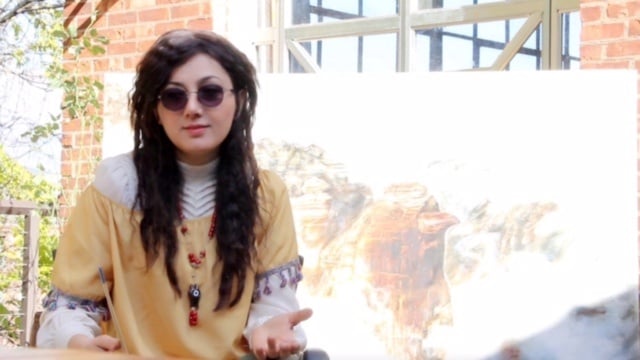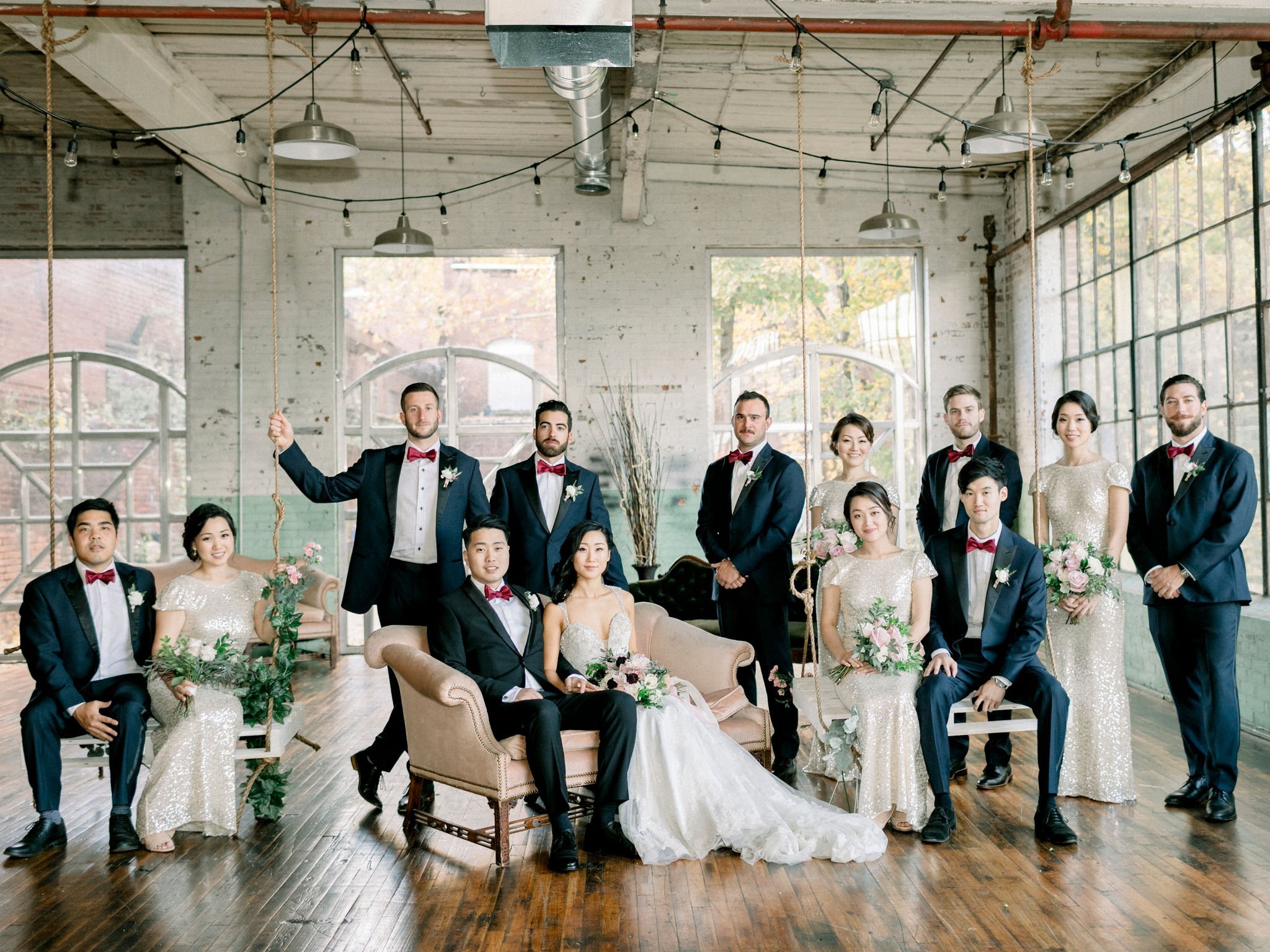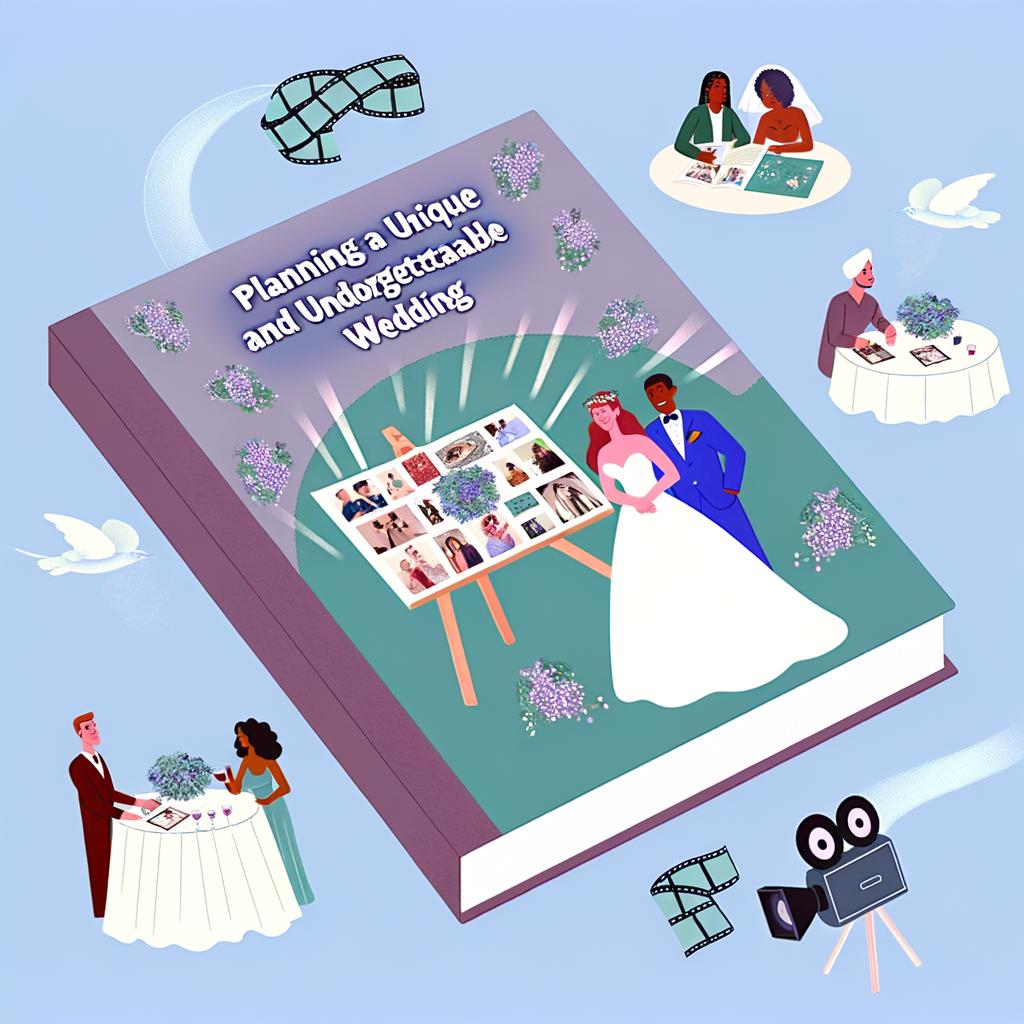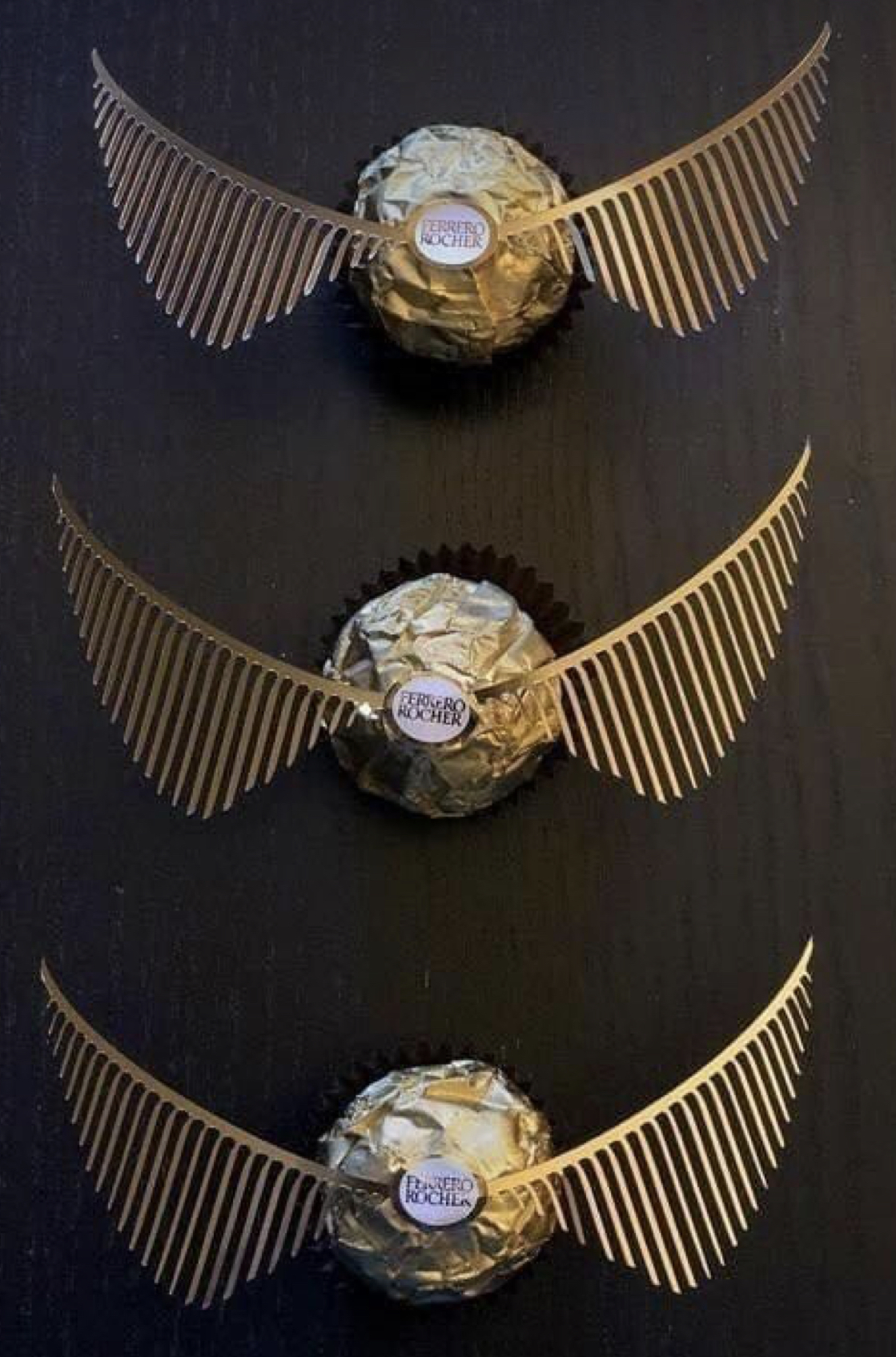My name is Feride Demircan and I am from Ankara, Turkey. I had a childhood infused with arts and literature. My family, especially my father, has always been supportive of my interest in arts and academic development. Yet, my journey with drawing began after I lost my father under the Kaddafi regime in Libya in 1990. Painting became a way of grieving for me. It was a way to express my grief and escape from the comforting numbness of daily routine. My passion for arts was fueled by the deep crisis of the loss of loved ones, trying to negotiate with denial and anger; yet trying to be happy in the aftermath.
Grief is about human's denial of death but it also makes us question our lives and activates our passion to hold on to life even tighter.
At this early age, I was away from home and in a very different cultural setting among complete strangers. However, I shared a similar pain and loss with them. I learned that people experience the loss and grief in the very same way. This has taught me about the importance of empathizing with the loss and suffering of others. As Susan Sontag puts it very neatly, I learned to " look into and touch other people's pain". Hence, very early on in life, my desire to explore different cultures and lifestyles has increased. My very first painting, at the age of 9, was the desert landscape of North Africa infused with Roman Architecture.
My goal is to challenge our perception of the places that we call home and the places that we estrange. I aim to establish a link between these lands through my paintings made during my journeys through the migration routes of civilizations merged with the lands that I have traveled to. I mix into my paintings the water of the land they are from and they become part of the land. In this exhibition, the intention is to connect the modern “home-less” man to his original “home”.
In my opinion, we can only give meaning to life by laboring to analyze and interpret it in our terms. I have chosen a way of interpreting life through art which as a personnel commentary of mine. By art, we witness and give different perspectives to modern life which can seem meaningless and chaotic. From this artistic perspective, I came to question the relation of human beings to space and time. My work tells a variety of stories taking place in various places. I, especially, focus on the conception of home, being at home, or away from home, to interpret our relation to these locations.
I started my journey by touring Anatolia where different cultures and people collided and co-existed, where Silk Road and its travelers lived through. Then, I visited the Hicaz migration Route. When I came to the US, I travelled through the routes of Native Americans, which incidentally happen to have a lot of commonalities with Turkish people. These travels encapsulated in my exhibitions titled Dreamline in 2011 and Dreamcatcher in 2013 in M.M. Studio in Texas and the subject matter of these exhibits were homeless-ness.
I had the chance to make observations in the parts of Great Rift Valley through my travels to Kenya and Tanzania. The Great Rift Valley is a name given to the continuous geographic trench, approximately 3,700 miles in length and runs from Lebanon's Beqaa Valley in Asia to Mozambique in South Eastern Africa. This rift and fault system consists of valleys, hills, and volcanic structures where our origins are hidden. It used be our original “home” where human beings evolved just like the geographical structures. By the way of migration and continental drifts, human beings spread through the earth.
Over the last three years, I have visited over a thousand museums and what I’ve gained from this experience was that all works of arts and exhibits were like pieces of a bigger entity, like pieces of a puzzle that we need to complete to see the bigger “picture” or as Heidegger would suggest “world as a landscape”. Hence, I came to work on cultural plurality, similarities and dialogue. My conclusion was that we can understand our commonalities, go back to our origins in the Rift Valley by meaningful dialogue with each other.
However, a conception of a particularity and fragmentation got into to the core of all modern social and cultural theories. In this exhibition, the intention is to reconnect three major continents despite the continuous fragmentation of modern experience and connect the modern “home-less” man to his “home” as being a part of unified entity.
Soil is the loosest layer of terra firma with a granular structure and it is the top layer made up of fragmentation of rocks and stones. The constitution of soil reminds me how modernity, which started spreading like an epidemic in the 17th century, irreversibly dismantled organic integrity of the society into its finest fragments.
The chaos of modernity sucks everyone into a vortex of “continuous fragmentation, transformation, struggle, contradiction, uncertainty and pain.” In the adventure of mankind leading to the modern cities, where values clash limitlessly after being torn apart from their roots with their soil, the constancy is replaced by transient and organic communities are replaced by crowds. More intensely and rapidly spreading modernity in the 20th century, disintegration of daily life, the fast pace of transportation and communication, shifting paradigms of time altogether solidifies these transformations in the human existence and humans becomes ever more displaced. The concept of home, that is made possible by the organic life and its stability, is lost. Modern man is ‘home-less” now.
In this process, as the concept of "home" became more transparent and independent of its roots, the human became more of an alien. Nietczhe interpreted not being at home as a part of his lucky destiny. While Ferrug Feruhsad saw home as "black", Walter Benjamin called home "Dark." Adorno interpreted not feeling himself at home " as a part of his morality". Edward Said, who is a part of everywhere and not belonging anywhere, said he has always been "homeless". These influences led to a variety of ideas and projects aimed at transformation of “home” throughout the last couple of centuries. All these intellectual and social developments led to the struggle of “being home” or “being home-less”.
The attribution of Heidegger to Being/Existence and Time, also, promotes a conception of existence which centers on “Being” rather than the “Object”. This is what Heidegger attributes to when he talks about “World as a picture” with references to landscape or picture (Bild). In the age where the world is grasped and conceived as a picture, humans are the subjects and being is the object. Subject is central, yet object is peripheral. What this means is that mankind perceives itself to be in the center of the universe. This is also the biggest misconception of modern science. This demeanor, which leads to further misinterpretations in the search for an origin, is an attempt to retrench the meanings produced by the extension of these origins. The denial of the other by the search for the Origin comes forth by the existence of these boundaries. What distinguishes a real estate speculator from someone who, albeit with good intentions, limits himself by clinging to his roots rather than embracing the soil is not the land they live in but the landscape they look at and the world that they empathetically perceive. That is why the philosophy of Heidegger represents the epitome of Polytheism. Heidegger profoundly perceives everything that makes up the landscape, wherein the human beings are embedded. This is the philosophy of someone who emigrates not an immigrant.
When Heidegger talks about conceptions of Being/Existence and Time and or in conception of Bild where he references "World as a Picture," he actually talks about the misconception that human beings, as subjects, put themselves in the center of the universe. This demeanor leads to further misinterpretations in the search for an origin. It leads to the retrenching of the meanings produced by the extension of these origins and denial of the Other. According to Heidegger , there is no one more settled than a nomad. The migration of the mankind does not shatter his meaning, for Heidegger, world is nothing more than being an equivalent of a landscape.
Returning to my own lands, the renounced Sufi philosopher Mevlana Rumi turns in circles in spiritual performances. In the compass metaphor, Rumi also presents that as steady leg of the compass is stable, you wander into seventy-two nations, mingle and adapt. It represents both the sense of belonging and dialogue with different cultures. On the other hand, Mansur Al Hallaj ends up with the "I am the Truth" (Ana 'l-Ḥaqq) by divorcing himself from his ego and existence. He actually points to an Absolute Spirit of which everything is a part of.
My exhibition reconnects continents that drifted apart from each other thousands of years ago according to the theory of Alfred Wegener. In 1912, German Meteorologist Alfred Wegener came up with the theory of Continental Drift which argues that all continents are in a perpetual movement in relation to each other and that is how came into their present state. According to this theory, geological and paleontological data suggests that there used to be one big continent in the most of the geological timeline. The magnetism observed in the sedimentary debris from rocks with different ages and origins points that magnetic poles of the Earth were in different locations in different periods of time. As an artist, I try to piece together these continents by conjoining different rocks and stones and cultural artifacts that I acquired in my field studies. In this way, I present a critique the conception of "home", setting boundaries and estranging others that started by the Continental Drift and bolstered by modernism.
------------
I never lost my faith as an artist and as an avid reader, however, I believe you have to make an effort for art and literature to spread. Yet, I know that I can only do so much as one individual. Through my journeys, I have seen that artist do not work under equal circumstances. Art history recognizes artists from a certain geography and lists others as anonymous. To ease this situation, Im going to continue as an art curator in the Art Factory as I have done in San Antonio. I believe, international artist should have a more democratic way to exhibit their works. This way we can foster collaboration and I believe the collective energy of artist coming together from different cultures will make the world a better place.
The Art Factory has a special place in my heart because it is a place where different cultures and disciplines of art meet. The collaboration of artists is impressive. My studies collide with the history and location of the Art Factory naturally and I lived in many different places in US, but for the first time, I feel at home in the Art Factory. Here, I have everything I need as an artist: good location, time, materials and many good friends.
I also owe a lot to the academic setting I grew up in. I always believed that world is a complex text where we have to read and analyze very carefully. You need to understand life better to connect to it meaningfully and settle in peacefully. I can partly explain my interest in academic work, investigation of diversity of ideas and cultures. The way I see it is that if I understand other people's life, history, culture, art better, I get a better understanding of myself too. Naturally, one needs to work very hard to understand, comment, and rewrite it all.
Nonetheless, the world is not easy to read and understand. My field studies revealed that not all truths are in books. The world became a place far from justice and meaning for me. It was almost a cacophony. For this reason, I use art to make sense of this nonsensical experience and to witness and memorialize it.
I grew up in country that bridged different civilizations. If our collective cultural and artistic history is like a mountain, it is made up of all the small stones and rocks placed by everyone. Hence, western culture and art would not the same today without the east. You are what you eat, drink, inhale, experience. When one eats an apple, it becomes a part of him. In a similar way, western consumption of eastern culture made it what it is. Without the "Divan" Of Hafiz, we would not have Goethe's "West-Ostlicher Diwan".
In a similar way, Learning and researching is like eating an apple for me. I digest what I read and learn and it becomes a part of me. My art is not only my own creation, it is created by my interaction with other cultures and works of art. In my exhibition, I want to show how a work of art is connected to other works of art and texts. They are like different looms of different textiles yet tied to each other somehow. That is why, it is important to have such visible seams and looms in my works at this exhibition called "Time, space and identity lap"









